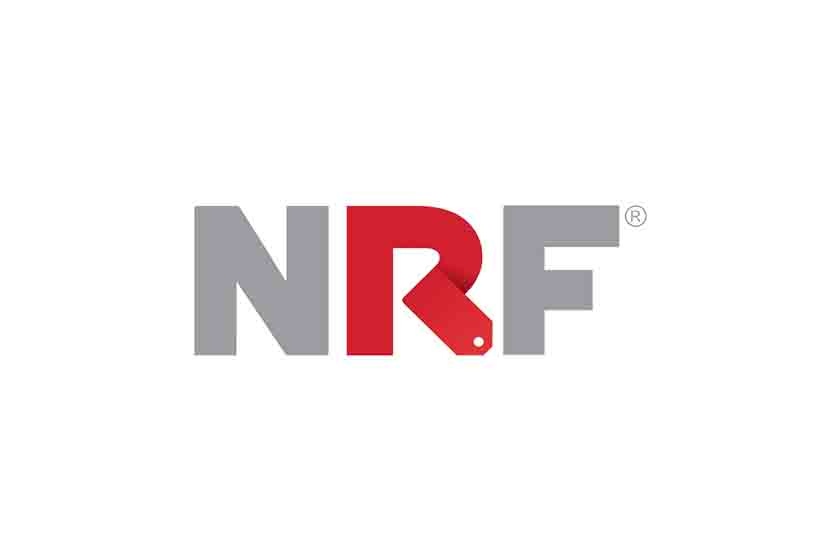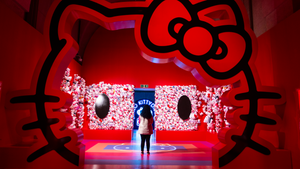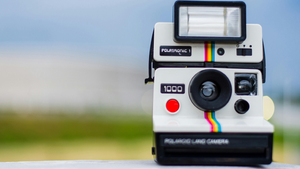Americans to Spend More This Valentine's Day
Americans are set to spend a record amount on Valentine’s Day this year despite decreases in the number of people who plan to celebrate the holiday, according to the National Retail Federation and Prosper Insights & Analytics.
February 5, 2019

Americans are set to spend a record amount on Valentine’s Day this year despite decreases in the number of people who plan to celebrate the holiday, according to the National Retail Federation and Prosper Insights & Analytics.
Participants said they will spend an average of $161.96, up 13 percent from $143.56 last year. Total spending is projected to reach $20.7 billion, an increase of 6 percent compared to 2017’s figure of $19.6 billion. This year’s projection also exceeds the $19.7 billion spent in 2016.
“The vast majority of Valentine’s Day dollars are still spent on significant others, but there’s a big increase this year in consumers spreading the love to children, parents, friends and coworkers,” says Matthew Shay, president and chief executive officer, NRF. “Those who are participating are spending more than ever, and that could be the result of the strong economy. With employment and income growth, consumers appear to be expanding the scope of who qualifies for a card or a box of candy.”
The spending increase this year comes despite only 51 percent of Americans planning to celebrate the holiday, a decline from 55 percent last year and from 63 percent in 2007. Consumer spending for Valentine’s Day has been trending down for 12 years, though general expenditure has gone up. The lowest spending in 12 years was in 2009 during the Great Recession at $102.50.
Of the $18.40 uptick in average spending, only $4.26 comes from expenditures for spouses and significant others, which is expected to total $93.24. Consumers reported they would spend $29.87 on other family members, an increase of $4.58; $9.78 on friends, up $2.59; $8.63 on children’s classmates or teachers, up $1.37; $7.78 on co-workers, up $2.99; $6.94 on pets, up $1.44 and $5.72 on others, up $1.17.
Once again, men are the biggest spenders at $229.54, an increase of 20 percent from last year. The figure is more than double the $97.77 women said they would spend, down 1 percent from 2018.
Consumers ages 35 through 44 will be the biggest Valentine’s Day spenders, spending $279.14, followed by ages 25 through 34 who will spend $239.07. Both groups tend to have more people to buy for including children and children’s classmates or teachers.
Gifts for pets continue to trend, comprising 20 percent of purchases. Pet spending is expected to total $886 million, up $519 million since NRF first polled in 2008.
Those celebrating plan to spend $3.9 billion on jewelry (18 percent), $3.5 billion on an evening out (34 percent), $2.1 billion on clothing (18 percent), $1.9 billion on flowers (35 percent), $1.8 billion on candy (52 percent), $1.3 billion on gift cards (15 percent) and $933 million on greeting cards (44 percent). Gifts of experience, such as tickets to an event or a trip to a spa, are desired by 40 percent, and 25 percent plan to give gifts of experience.
Department stores are the most-frequented Valentine’s Day shopping destination, preferred by 35 percent of shoppers, followed by discount stores (32 percent), online (27 percent), specialty stores (18 percent), florists (16 percent), small or local businesses (14 percent), jewelry stores and specialty clothing stores (each 9 percent).
Eleven percent of respondents plan to treat themselves to presents like clothing or jewelry, while 9 percent plan to get together with other single friends or family.
“Valentine’s Day means different things for different people,” says Phil Rist, vice president, strategy, Prosper. “Whether it’s a day of romance or one of making sure their children have enough cards in their backpacks for each of their classmates, it’s an important day for those who choose to participate.”
Read more about:
National Retail FederationAbout the Author(s)
You May Also Like






